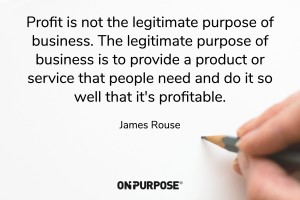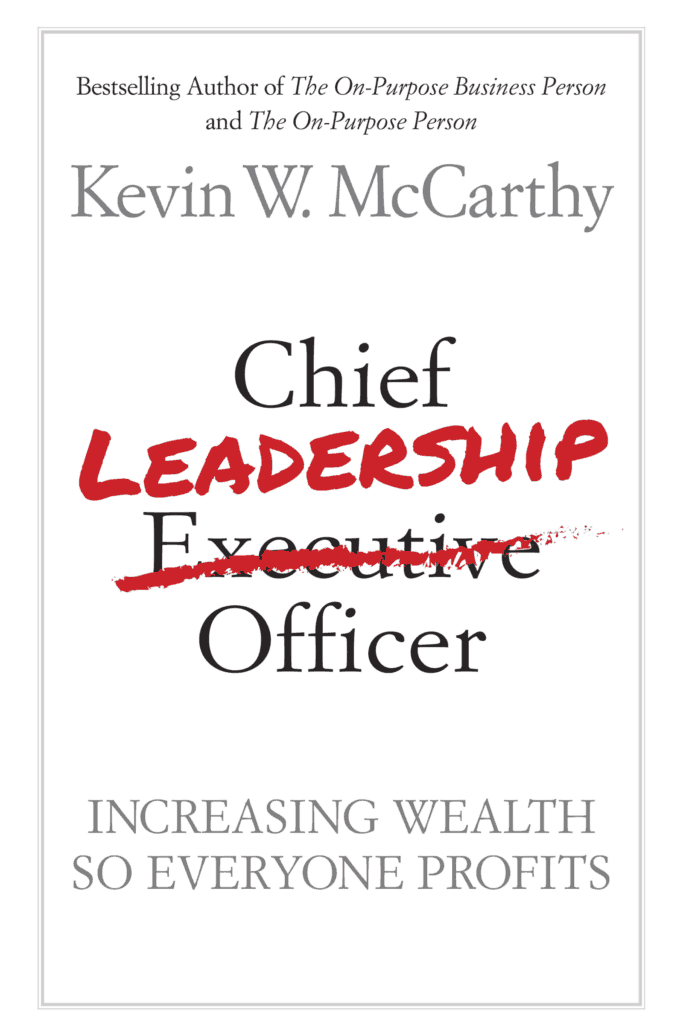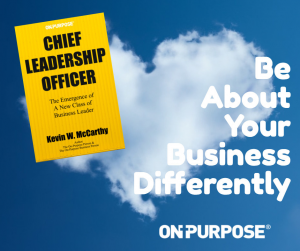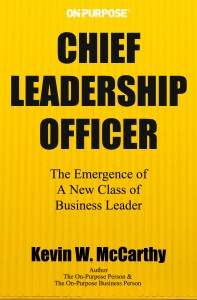Business building is exciting.
Don’t let the excitement get the better of you. There’s a fork in the road in your business design that is too easily missed or goes unrecognized. The strategic and performance implications are profound.
If you are planning to start up a small business or are already running one, then you have a deep leadership decision about the orientation and attitude of your business as a “ME” business or a “WE” business. This orientation will play a major role in defining your corporate culture as well as the long-term sustainability of your organization—even its viability to be sold.
Here are two basic ways to go about business building:
M.E. = My Ego
or
W.E. = Winning for Everyone
Many professionals’ offices and mom and pop businesses are “ME” businesses simply by default or lack of knowing any better. “ME” businesses may provide adequate customer service, but they are more likely a source of periodic customer service nightmare stories.
Being a business advisor for over three decades, I’ve observed that most ME businesses do not have happy endings for the business owners who are unaware of the “ME or WE” business model. Either the business success is so dependent on the person that there isn’t a viable exit strategy, or the reputation of the business is so poor there’s no goodwill worth buying.
- The employees are workers doing the owner’s bidding, so in the boss’s absence they’re lost or unable to act independently.
- Sale of the business is next to impossible, or it will be bought for pennies on the dollar.
- Family members capable who would be a logical part of the succession planning have long since departed the scene to carve their own way. Or worse, they’re still around as dependents. This latter situation can get ugly fast.
Generally, these ME enterprises close when the dominant or alpha personality departs by either retirement or death. If by chance, the business is sold, the valuations are almost always discounted or only asset-valuations based because the business is so revenue and operationally dependent upon the owner.
However, if you’re unwilling, unable, or just don’t care about the long-term sustainability or saleability of the business, and if you’ve made an informed decision about having a “ME” business, then press into it all the way.
As long as you’re building a ME business by design and you understand the downside and can accept it, then there’s nothing inherently wrong with just shutting the doors when you’re done.
“WE” businesses are looking for win-win outcomes for everyone involved.
Candidly, the “Everyone Profits” mindset is a challenge to design, create, and execute, but done well is far easier to sustain and manage. (Here’s a huge tip: use The On-Purpose Business Plan as a guide.) When the people thrive, the business is more likely to follow suit.
An owner who cares about people infuses that attitude to the employees, who pass it along to the customers, who in turn send their referrals.
The spirit of customer service begins with a decision about whom the business serves. If you’ve never thought about your business orientation as “ME” or “WE,” then invest a few minutes to take a hard look in the mirror. I promise you that you can improve your lifestyle, position, and business performance if you will make a 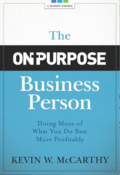 decision regarding your business orientation and then take it deeply one way or the other.
decision regarding your business orientation and then take it deeply one way or the other.
Don’t stay in the mushy middle. Pick a direction and run to it.
The On-Purpose® Approach is a service concept with “WE” checks and balances. Yes, it is more difficult to design and develop, but it brings a sustainable and durable dimension to the business. If you need help forming or transforming your “WE” business, let us know. We have business advisors who can guide you regardless of the size of your business.
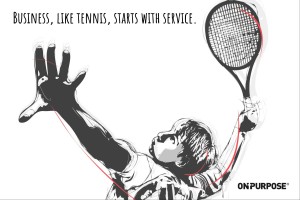 outcome for everyone involved. It is a poor investment of their time.
outcome for everyone involved. It is a poor investment of their time.